Mosses play an important role in insulating the soil from increasing air temperatures, reducing the impact on the permafrost. As a result of increasing temperatures and precipitation, the vegetation composition in the Arctic is changing. This shift will likely impact the active layer and permafrost underneath, which could lead to a change in the release… Read more →
Category: Former Projects
Here you will find copy of UNISprout-projects which are no longer available.
Seasonal energetics in Polar cod
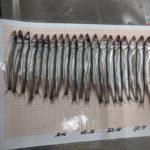
What are the seasonal changes in the energetic value of macrozooplankton and fish in the Barents Sea? How might these changes affect an organism’s susceptibility to stress? Project description: The Arctic, and in particular the Barents Sea, is experiencing the effects of climate change more intensely than anywhere else on the planet, as well as… Read more →
Developing a Digital Taxonomic Key for Svalbard’s Flora

Testing & improving the first (bèta) versions of the ArtsApp key for Vascular plants in Svalbard Project description: BioCEED is developing ArtsApp, a digital taxonomic key which is mostly used through a phone application. At the moment, a key for all of Svalbard’s vascular plants is in the making. This key is different from most… Read more →
Not all flowers are equal: Plant-pollinator interactions in a changing Arctic
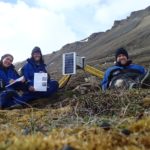
How are plants and pollinators responding to climate change? Project description: Arctic flowering seasons are becoming shorter and shifted earlier in response to climate change, while pollinator species are responding differently to climate across the tundra biome. Mismatches between the flowering season and pollinating insects could be driving the rapid decline of pollinator abundance and… Read more →
Secrets of success in Saxifraga oppositifolia
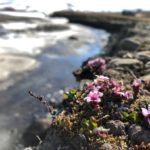
Has autopolyploidisation(s) (diploid to tetraploid in particular) created a shift in reproductive parameters? Project description: In this project I aim to investigate consequences of autopolyploidy on phenotypic variation, with focus on reproductive strategy and reproductive output. I will use the circumpolar, arctic-alpine plant species Saxifraga oppositifolia (Saxifragaceae), where two main ploidy levels are known (diploids… Read more →
Diversity and functions of Arctic marine microbial eukaryotes in a climate change perspective
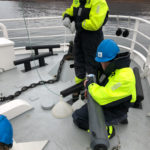
The aim of this project is to investigate potential changes in biodiversity, community composition and function of microbial eukaryotes with respect to the changing climate in the Arctic Project description: Microbial eukaryotes or single-celled protists are organisms that play a fundamental role in energy flow and the cycling of elements in the marine ecosystem. They… Read more →
The role of vegetation composition in regulation of soil temperature
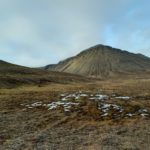
The aim of this project is to investigate to which extent bryophyte-dominated communities insulate the ground better than communities dominated by vascular plants. Project description: Bryophytes, i.e. mosses and liverworts, dominate the vegetation in wide areas of the Arctic. Especially on Svalbard where dwarf shrubs are scarce, they form a dominant component of the vegetation.… Read more →
Bryophytes and lichens on Svalbard
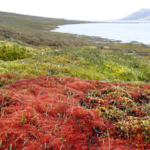
The aim of this project is to process and identify bryophytes and lichens which were sampled along the West coast of Spitsbergen. Project description: Bryophytes and lichens dominate the vegetation in wide areas of the Arctic. Especially on Svalbard where dwarf shrubs are scarce, bryophytes form a dominant component of the vegetation. However, as yet… Read more →
Vegetation experiment: effects of winter icing events
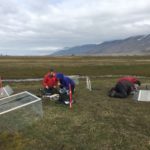
How are high-arctic plants affected by winter basal-ice encasement? Are they trade-offs in plant fitness traits and above-ground biomass production? Project description: Winter rain-on-snow events are increasing frequency, locking the tundra in a thick ice layer. A first experiment, located in Adventdalen, test for effects of warmer winters and summers in a fully factorial study… Read more →
Breeding biology of shorebirds and the predation pressure during incubation
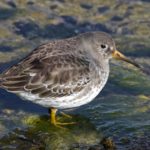
Investigation of nest predation of the purple sandpiper Calidris maritima; this work is part of a joint circumpolar project to measure and predict the cascading impacts of “Indirect Trophic Interactions” in arctic terrestrial vertebrate communities. Project description Temperature loggers will be placed in nests of incubating purple sandpipers in Adventdalen. Should these eggs be lost… Read more →
